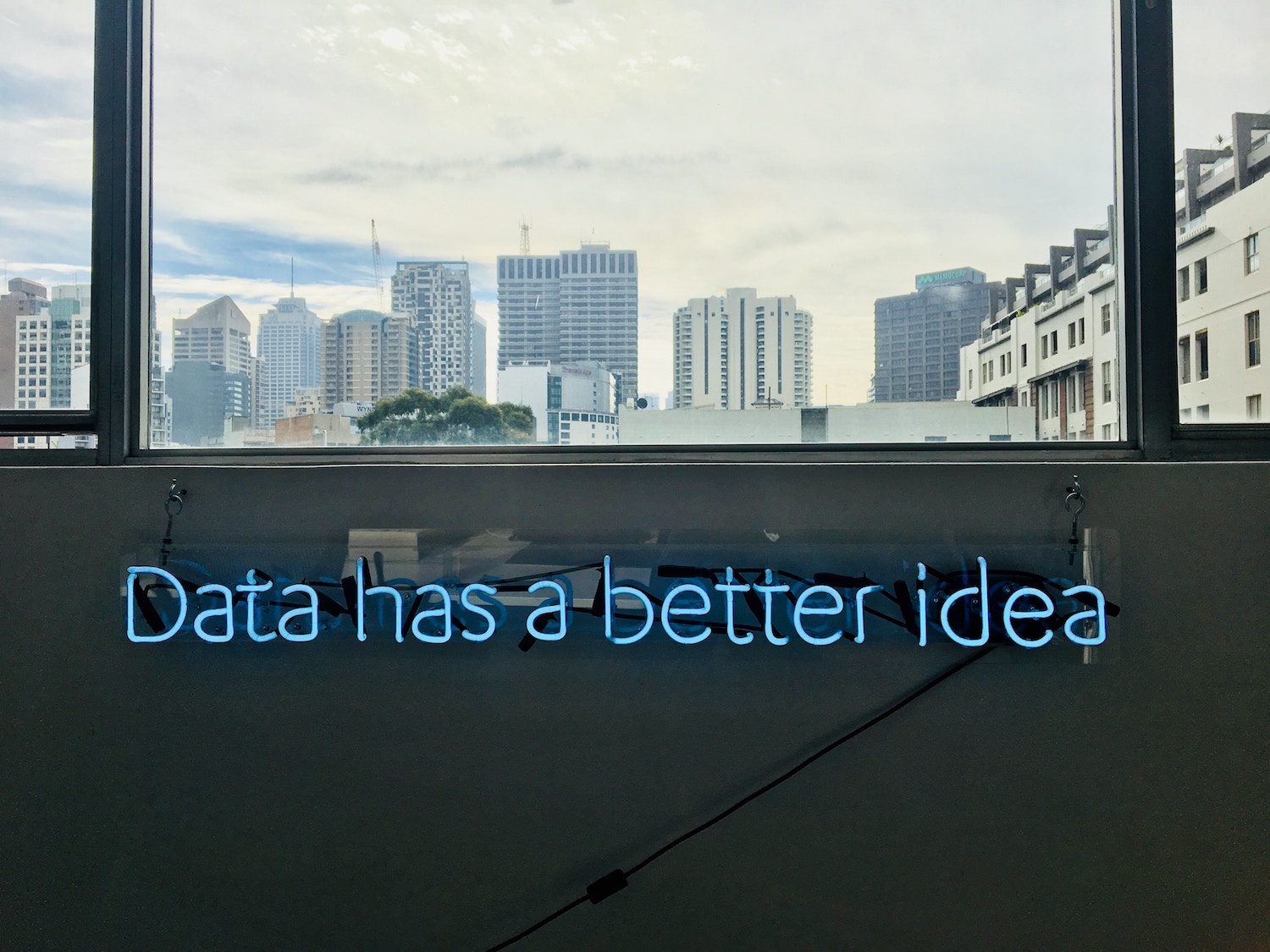Yesterday I met a colleague for coffee, and once again the topic of Artificial Intelligence and its impact on change came up for discussion. Artificial intelligence (AI) has been making inroads into our personal and professional lives for decades. As the technology improves, so does our imagination as to how we can use AI to better serve our needs.
In fact, we’re already seeing titles like “Head of Artificial Intelligence” in the public sector in health care and in the private sector in banking, among others. We’ll likely see more titles like that moving forward, where not too long ago AI would have just fallen under the umbrella of an IT department.
In the corporate world, AI is playing an increasingly prominent role in helping leaders reach their organization’s goals. This is especially true during change, when people management, forward thinking, and decision-making all play a part into what could be uncharted waters for all stakeholders. Change leadership will most likely be the number one skill required as AI further impacts or lives. These are some preliminary thoughts on the intersection of AI and change.
4 Ways AI Can Help During Change
AI can help leaders through the change process by providing guidance and supports for decision making and keep them on track to reach long-term goals by:
Making accurate predictions
By mining data sets, AI can identify patterns in order to make an accurate prediction as to what can happen at a given time in the future, or make recommendations on actions you can take to solve a problem.
Saving mental energy
As leaders, we’re expected to make dozens of decisions every day, but the quality of our decisions might diminish due to mental fatigue. Impervious to fatigue, AI can make an infinite number of decisions per day, taking a fair share of the load off your shoulders.
Minimizing complexities
Machines don’t get overwhelmed or frustrated when working with many variables and data sets to solve complex problems, but will perform a full analysis based on your inputs to help you develop a decisive answer.
Elevating Efficiencies
Chatbots use natural language processing to efficiently perform simple tasks such as answering questions (or pointing you to the answer), scheduling meetings, generating documents, and more in a fraction of the time it would take to carry out these tasks manually.
 Humans and AI – Stronger Together
Humans and AI – Stronger Together
AI offers the perfect compliment to our emotional intelligence and deep understanding of our organization’s values, goals, and risks, providing we don’t lose sight that organizations are still made up of humans! We will want to ensure AI is programmed to be aligned with our organization’s direction, and continually check for issues, monitor security protocols, and ensure the input and accuracy of updated information.
AI continues to be an essential tool to help humans make well-informed decisions and improve efficiencies. In that respect, humans and AI are definitely better together as a team, especially in times of change. Our change leadership skills will be of greater significance, with AI doing so much of the other work. I’m fascinated to see how our organizations will evolve and grow with the use of AI. What’s next?

